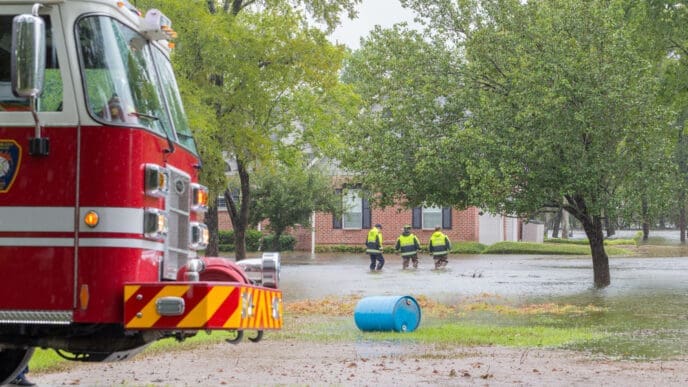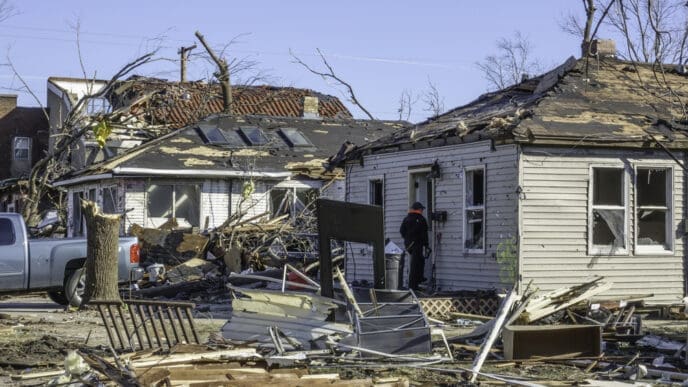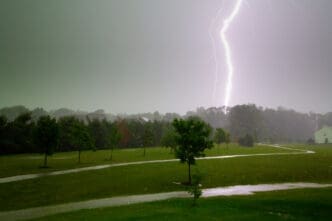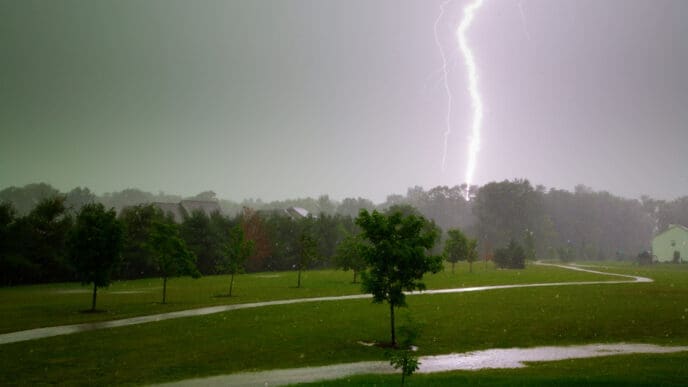In an alarming meteorological development, a minimal atmospheric ripple over the Pacific Ocean has quickly transformed into a powerful bombing cyclone, posing significant concerns for the West Coast.
The phenomenon, known as a bombing cyclone, rapidly intensified over a short period, highlighting the dynamic and unpredictable nature of weather patterns in the region. Within less than 40 hours, what began as a slight disturbance in the cloud formations transformed into a formidable storm system with pronounced effects.
Meteorologists observed that the storm saw the interaction of various air masses, acting much like conveyor belts in the sky. These movements resulted in the rapid deepening of the cyclone, an event largely captured through satellite imagery. The satellite views provided detailed insights into the storm’s swift evolution, offering a visual testament to its growing intensity.
The implications of such fast-developing weather events are manifold, with significant potential for high-impact weather conditions along the coastline. These could range from heavy rainfall and strong winds to consequent hazards like flooding and landslides, disrupting daily life and impacting infrastructure.
The West Coast, often susceptible to such weather phenomena, finds itself at the mercy of nature’s unpredictability once more. Experts continue to monitor the storm’s progression closely, utilizing advanced technology and satellite data to predict its path and potential effects. This underscores the importance of accurate meteorological forecasts in preparing and safeguarding communities from natural disasters.
This rapid intensification of a simple ripple into a severe bombing cyclone off the Pacific highlights the ever-changing nature of weather systems and the need for continuous vigilance.
Source: Weather














